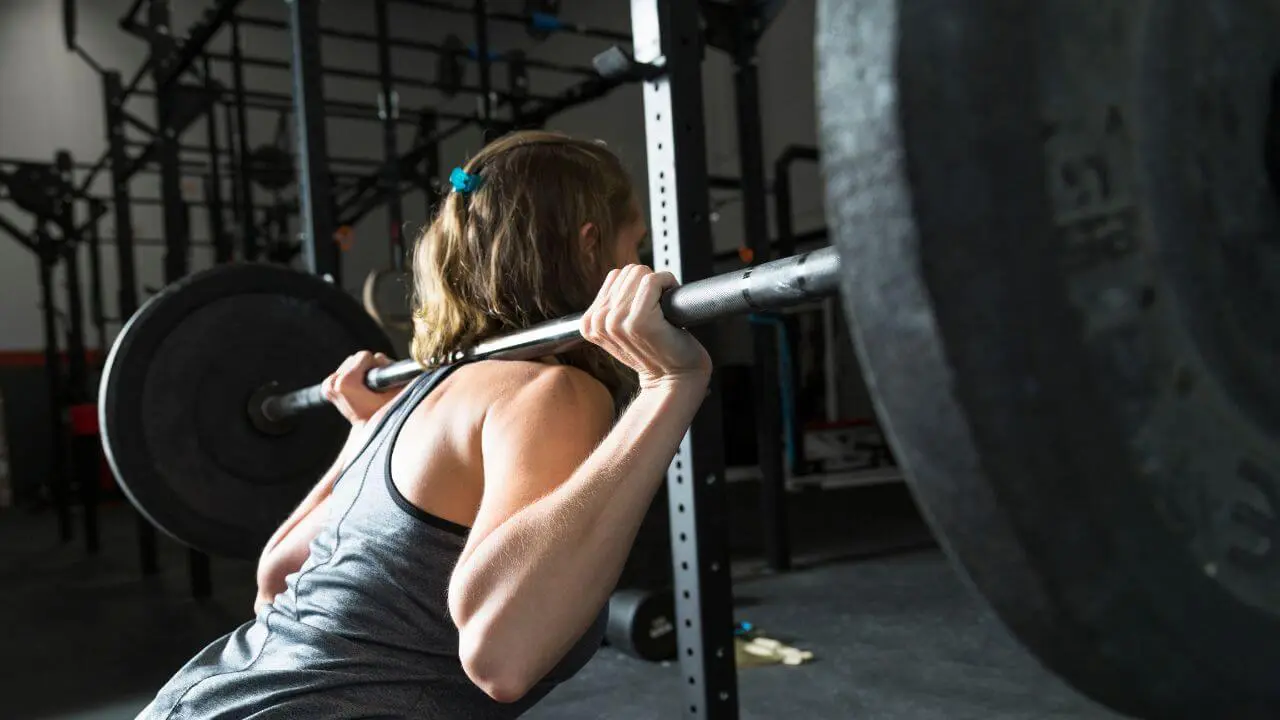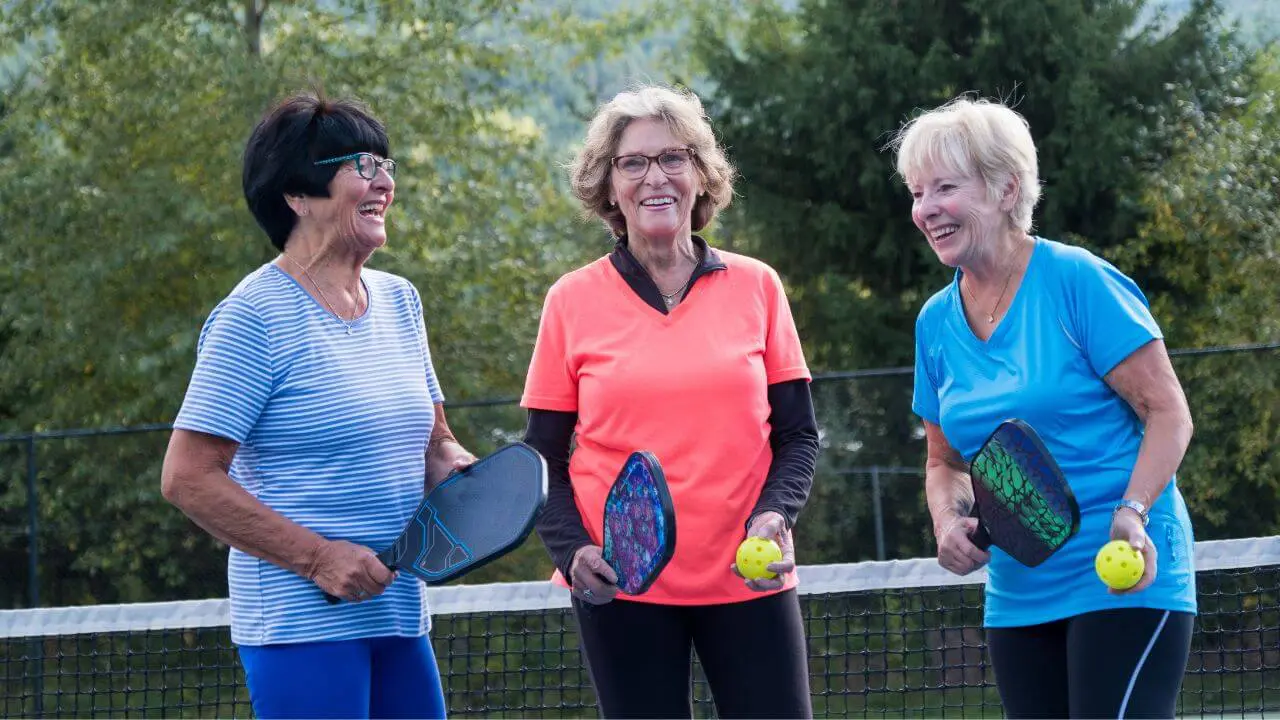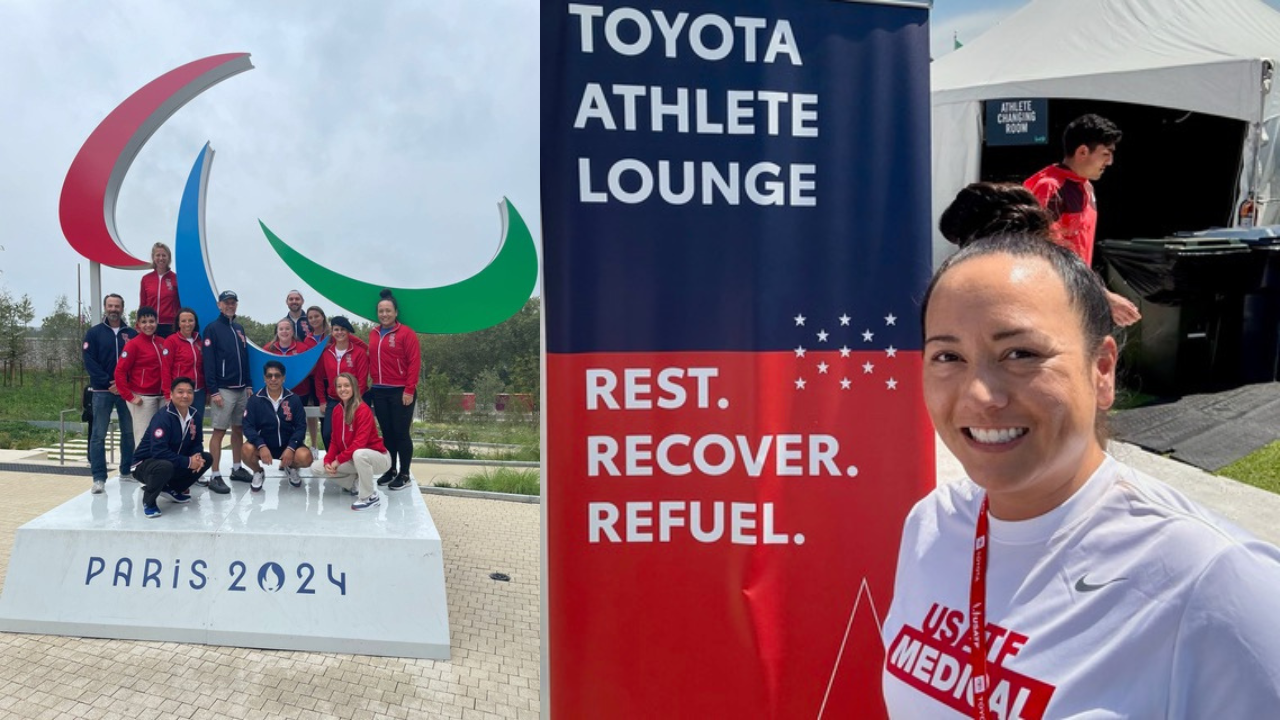Why Girls Should Lift, and How to Get Started
Why Girls Should Lift Weights
Who is weightlifting for? The answer may not be what you think. Almost everyone can benefit from lifting and strength and conditioning—which can help reduce injuries, increase bone density, and improve body image. However, many girls and women avoid weightlifting or don’t start as early as their male peers. Why should girls lift weights?
We talked with Melissa MacDonald, DC, ICSC, CCSP, EMT, FAKTR, Integrative Sports Care Coordinator at Northwestern Health Sciences University’s Human Performance Center to find out, and to learn how anyone can get started.
Athletic injuries in women and girls
Athletic injuries are more prevalent in women than in men. ACL tears, specifically, are experienced at an alarmingly higher rate among women.
While boys contact sports get more attention when talking about the risk of concussion and head injury, one study found that girls, especially those who play hockey and soccer, face the highest risk.
Why are girls more susceptible to sports injuries? There are several theories to explain the difference: including variances in anatomy, hormones, and strength levels.
Strength is the easiest to address and makes intuitive sense. According to Dr. MacDonald, at the crux of many athletic injuries is a muscle, tendon, or bone that’s too weak to support the force that’s applied to it.
Getting strong enough to support the force
Dr. MacDonald would like to see more girls strengthening the tissues they’ll be using in their sports. Whether or not they’re playing contact sports, athletes’ bodies take impact, and they need to prepare.
“When we can make a tissue more tolerant to a load—meaning stronger—we don’t have as many injuries,” Dr. MacDonald said. “Ligaments respond to heavy weights—squats, lunges, plyometrics, the explosive nature of landing—to set the athlete up for being at a reduced injury rate or risk.”
Many girls could benefit from strength training. However, there is not one blanket exercise recommendation for all girls (or women, anyone for that matter). In the beginning, it’s a good idea to work with a strength and conditioning coach. This is how you learn what’s best for you.
Why don’t girls and women lift?
If lifting could help reduce injuries, why don’t we see more girls in the weight room? A lot of it comes down to lack of support and instruction. The impact can be lifelong: if girls aren’t brought into the gym when they’re young. As a result, they may feel intimidated about walking in as an adult.
There is also a misconception that weightlifting is only for people who want to bulk up. “A common myth I see is girls say they don’t want to be too bulky.” Dr. MacDonald said. “It centers around the aesthetic appearance standpoint, which is false.”
Weightlifting, combined with caloric intake, can definitely help you bulk up, but that’s not the only possible outcome. “Look at a CrossFit athlete—she is bulky and cut, but she’s also lifting five hours a day,” explained Dr. MacDonald. “The average person lifting weights won’t look like that unless they invest the same amount of time as a CrossFit athlete.”
How to get started
If you—or your athletic daughter—is ready to start weightlifting, it’s best to get support to ensure you’re doing so in a safe and appropriate way.
Dr. MacDonald recommends finding someone to help you craft a weightlifting routine that will work best for you. Certified Strength and Conditioning Specialists (CSCS) and sports chiropractors are experts in crafting personalized plans, taking into consideration your lifting experience, past injuries, and other factors.
The Human Performance Center at NWHSU has an option that is ideal for those looking to start out. With both one-on-one and group classes, certified strength and conditioning coaches can help you customize a program that’s best for you. Then, you can transition into a group setting to help keep the motivation—and a little healthy competition—alive.






